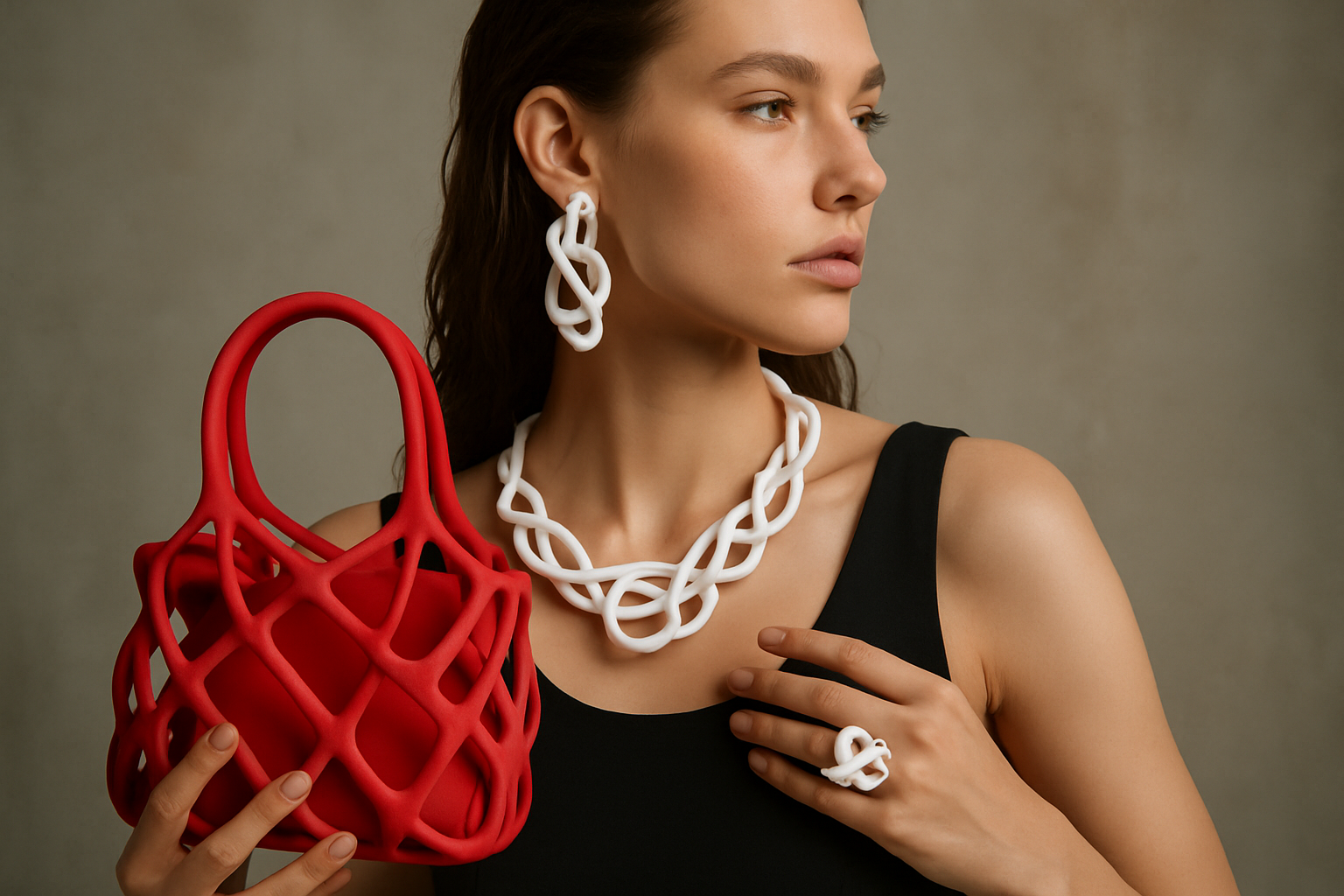Modern Jewelry: Where Tradition Meets Timeless Style
Jewelry has always been more than mere adornment in Indian culture. It carries stories, emotions, and heritage across generations. Today, modern jewelry seamlessly blends traditional craftsmanship with contemporary aesthetics, creating pieces that honor the past while embracing the present. Whether you seek everyday elegance or statement pieces for special occasions, understanding how modern jewelry evolves helps you make choices that truly reflect your personal style and values.

In a world where fashion constantly evolves, jewelry remains a constant companion that speaks volumes about personal taste and cultural identity. Modern jewelry design has transformed dramatically over recent years, particularly in India where ancient traditions meet global influences. The result is a vibrant landscape of options that cater to diverse preferences, occasions, and lifestyles.
The shift toward modern jewelry does not mean abandoning tradition. Instead, it represents a thoughtful reimagining of classic designs through contemporary lenses. Artisans and designers now experiment with lighter metals, minimalist patterns, and versatile designs that transition effortlessly from office wear to evening events. This evolution reflects changing lifestyles where women seek pieces that complement their dynamic routines without compromising on cultural significance.
The Essence of Modern Jewelry
Modern jewelry distinguishes itself through several key characteristics. Clean lines, geometric patterns, and understated elegance define contemporary pieces. Unlike heavily ornate traditional jewelry, modern designs often feature negative space, asymmetry, and innovative material combinations. Rose gold, white gold, and platinum have gained popularity alongside traditional yellow gold, offering fresh alternatives that suit different skin tones and preferences.
The essence lies in versatility and wearability. Modern pieces are designed to be layered, mixed, and matched. A single pendant necklace can be paired with traditional earrings, or contemporary bangles can complement a classic saree. This flexibility empowers wearers to express their unique style while maintaining cultural connections. Additionally, modern jewelry often incorporates ethical sourcing practices and sustainable materials, reflecting growing consumer awareness about environmental and social responsibility.
Jewelry in Modern India
India’s jewelry landscape has undergone remarkable transformation while maintaining deep-rooted cultural significance. Urban centers now host boutique designers who reinterpret traditional motifs like paisleys, mangoes, and temple architecture into sleek, contemporary forms. Meanwhile, heritage jewelry houses have launched modern collections that appeal to younger generations seeking lighter, more practical pieces for daily wear.
The Indian market now embraces diverse styles beyond regional boundaries. A bride in Mumbai might choose Kundan pieces reimagined with modern settings, while professionals in Bangalore opt for diamond studs with contemporary cuts. Online platforms have democratized access to both traditional and modern designs, allowing consumers across the country to explore options that were previously limited to specific regions or metropolitan areas. This accessibility has fostered a more inclusive jewelry culture where personal preference trumps rigid traditional norms.
Jewelry Trends in 2025
Current trends reflect a balance between minimalism and statement-making. Layered necklaces featuring delicate chains of varying lengths remain popular, as do ear cuffs and climbers that create visual interest without requiring multiple piercings. Personalized jewelry, including name necklaces and initial rings, continues to resonate with those seeking meaningful pieces that tell their stories.
Colorful gemstones have made a strong comeback, with sapphires, emeralds, and rubies featured in modern settings that highlight their natural beauty. Sustainable and lab-grown diamonds are gaining acceptance among environmentally conscious consumers who want ethical options without compromising quality. Convertible jewelry that transforms from one style to another offers practical value, such as earrings that detach to become studs or necklaces that adjust in length. These trends demonstrate how modern jewelry prioritizes both aesthetics and functionality.
Choosing Jewelry That Reflects You
Selecting jewelry that truly represents your personality requires thoughtful consideration. Start by assessing your lifestyle and daily activities. If you lead an active life, durable metals and secure settings ensure your pieces withstand regular wear. Consider your wardrobe palette; neutral-toned jewelry complements diverse outfits, while bold pieces can become signature elements of your style.
Think about the occasions you dress for most frequently. Professionals might prioritize elegant, understated pieces suitable for workplace environments, while social butterflies may prefer eye-catching statement jewelry. Your personal values also matter. If sustainability concerns you, seek designers who prioritize ethical sourcing and transparent supply chains. If cultural heritage holds importance, look for contemporary interpretations of traditional designs that honor your roots while fitting modern sensibilities.
How to Choose the Right Jewelry
Making informed jewelry choices involves several practical steps. First, understand metal purity and hallmarking standards to ensure you receive genuine products. In India, the Bureau of Indian Standards hallmark guarantees gold purity, providing consumer protection. Research different metal types and their properties; platinum offers durability, while gold provides timeless appeal and cultural significance.
Consider proportions relative to your features. Delicate frames suit finer jewelry, while bolder pieces complement larger builds. Face shape influences earring choices; round faces benefit from elongated designs, while angular faces soften with curved styles. Try pieces before purchasing when possible, as online images may not accurately represent scale or color. Read reviews and seek recommendations from trusted sources to identify reliable jewelers who offer quality craftsmanship and fair pricing.
Budget planning is essential. Set realistic expectations based on metal prices, gemstone quality, and craftsmanship complexity. Remember that investment pieces should offer lasting value through timeless design and durable construction. Maintenance requirements vary by material; some metals tarnish more easily and require regular cleaning, while others maintain their appearance with minimal care.
Conclusion
Modern jewelry represents an exciting convergence of heritage and innovation, offering endless possibilities for self-expression. Whether you gravitate toward minimalist elegance or bold contemporary statements, today’s jewelry landscape provides options that honor tradition while embracing change. By understanding current trends, considering personal lifestyle needs, and making informed choices about materials and design, you can build a jewelry collection that authentically reflects who you are. The beauty of modern jewelry lies not just in its aesthetic appeal, but in its ability to carry meaning, mark milestones, and connect past with present in pieces you will treasure for years to come.




